Soil
One inch of topsoil can take several hundred years or more to develop.
What is soil?
Soil is the loose material that covers most of the land on earth. It is made up of a mix of minterals and organic matter, like plants and animals that have broken down. Soil supports plants by holding them in place and providing water and nutrients they need to grow.
Soils vary widely, even across your backyard. The type of soil you have will influence:*
- the type and quantity of grass/crops/trees your land can produce
- how easily it may erode
- if it will filter human and animal waste before they reach groundwater
- how often you will need to irrigate
- possible problems with building foundations
- whether the area is a wetland
*from Tips on Land & Water Management for Small Acreages in Oregon
The Three Functions of Soil
Soil is important for life.
Soil is a living system that helps grow the food and materials we need to live. It also supports ecosystems that all life depends on. Soil plays a big role in the global climate by helping plants grow, controlling how water moves, and acting as a natural filter for our air, water, and land.
Soil helps plants grow.
Soil provides nutrients and water, and supports plants that need to grow roots, stems, and leaves. Tiny organisms in the soil help change nutrients into forms plants can use. Soil stores water and nutrients, which plants take up to grow food and materials we need like cotton or trees. Without soil, agriculture and natural ecosystems could not thrive.
Soil protects the Earth.
Soil helps clean the air, water, and land. It breaks down waste like sewage and pesticides and can store or remove harmful materials like chemicals and heavy metals. If too many toxic materials build up in the soil, it can make food growing there unsafe.
Soil also helps control greenhouse gases, like carbon dioxide, which affect the climate. How we care for the soil can either add more of these gases to the air or help reduce them.
Soil is essential for life. It supports plants, water, and ecosystems while also protecting the environment.
How invasive plants impact the soil
Soil is the base for healthy, productive land. It determines how fertile your land is and what kinds of plants can grow there. Did you know that just one inch of topsoil can take 500 years or more to form? That’s why it is so important to protect this valuable resource to keep your land productive.
Some invasive weeds can harm the soil by changing its chemistry, making it less productive. These weeds release chemicals through their roots or when plant material breaks down on the soil. These chemicals can stop other plants from growing by changing the soil or harming the tiny organisms in the soil. This process, called allelopathy, helps the weed survive by keeping animals and other plants away.
Invasive plants like these often don’t provide food or shelter for native animals. By removing invasive plants and bringing back native ones, you can help protect the rich variety of life that makes Oregon a special place.
Adapted from “Soil and Water Quality: An Agenda for Agriculture, Committee on Long-Range Soil and Water Conservation, Board on Agriculture, National Academy Press, Washington, DC, 1993.”



Our Programs:
How We Can Help
We invite you to discover how we can help you find the information you need to manage your farm. Visit the FAQ page if you are not finding what you need below.
If you have erosion that is eating away your fields or streambank, don’t wait! Contact us for help.
Whether you are new to managing livestock or a horse property, already an expert at handling manure, mud, and water, or somewhere in the middle, we have tools and tips to help you.
Streams and the areas around them need extra care. We can help you keep the water clean and cool.
We have an Equipment Rental Program that lets Clackamas County residents rent farm equipment at affordable prices.
Learn how to reach the goals for your urban property while being the best land steward you can be.
Learn how to reach the goals for your rural property while being the best land steward you can be.
Soil News
Online Tools
Still wondering if we can help?
“
Out of the long list of nature’s gifts to man, none is perhaps so utterly essential to human life as soil.
—Hugh Hammond Bennett



